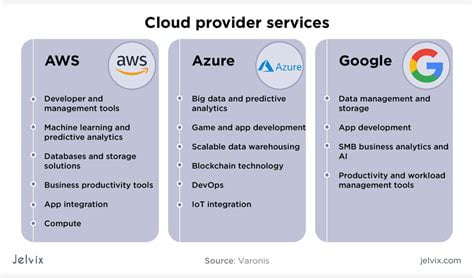Big data statistics is the process of analyzing and interpreting large amounts of data to gain insights and make informed decisions. With the rise of technology and the internet, businesses and organizations have access to more data than ever before. In this article, we will explore the importance of big data statistics and how it is used.
Big data refers to extremely large data sets that can be analyzed to reveal patterns, trends, and associations. These data sets are often too large to be analyzed with traditional data processing methods, which is where big data statistics comes in. Big data can come from a variety of sources, including social media, customer transactions, and machine-generated data.
Big data is important because it allows organizations to make data-driven decisions. By analyzing large data sets, businesses can identify patterns and trends that can help them improve their operations, better understand their customers, and stay ahead of their competitors. Big data can also help organizations identify potential risks and opportunities, which is crucial for long-term success.
Big data is analyzed using advanced analytics tools and techniques, including machine learning, data mining, and predictive analytics. These tools help businesses identify patterns and trends in large data sets, and make informed decisions based on the insights gained from that data.
One of the biggest challenges of big data is the sheer size of the data sets involved. Analyzing large data sets can be time-consuming and require significant computing power. Additionally, big data often comes from a variety of sources, which can make it difficult to integrate and analyze.
The benefits of big data are many. By analyzing large data sets, businesses can identify areas for improvement and make data-driven decisions. Big data can also help organizations stay ahead of their competitors by identifying potential opportunities and risks. Additionally, big data can help businesses better understand their customers and tailor their products and services to meet their needs.
Big data is used in a variety of industries, including healthcare, finance, and retail. In healthcare, big data is used to analyze patient data and identify potential health risks. In finance, big data is used to identify potential investment opportunities and manage risk. In retail, big data is used to better understand customer behavior and tailor marketing strategies to meet their needs.
What are some examples of big data?
Some examples of big data include social media data, customer transaction data, and machine-generated data.
What are the benefits of using big data?
The benefits of using big data include making data-driven decisions, identifying potential opportunities and risks, and better understanding your customers.
What are the challenges of big data?
The challenges of big data include the sheer size of the data sets involved, integrating data from multiple sources, and the need for significant computing power.
How is big data analyzed?
Big data is analyzed using advanced analytics tools and techniques, including machine learning, data mining, and predictive analytics.
What industries use big data?
Big data is used in a variety of industries, including healthcare, finance, and retail.
What is the role of big data in healthcare?
In healthcare, big data is used to analyze patient data and identify potential health risks.
What is the role of big data in finance?
In finance, big data is used to identify potential investment opportunities and manage risk.
What is the role of big data in retail?
In retail, big data is used to better understand customer behavior and tailor marketing strategies to meet their needs.
Pros
Big data statistics can provide insights that can help businesses make data-driven decisions and stay ahead of their competitors. It can also help organizations better understand their customers and tailor their products and services to meet their needs.
Tips
When analyzing big data, it’s important to have a clear understanding of what you want to achieve and to use the right tools and techniques to achieve those goals.
Summary
Big data statistics is the process of analyzing large data sets to gain insights and make informed decisions. By using advanced analytics tools and techniques, organizations can identify patterns and trends in big data that can help them improve their operations, better understand their customers, and stay ahead of their competitors.
 Eltupe Technology And Software Updates
Eltupe Technology And Software Updates



